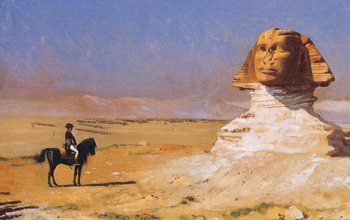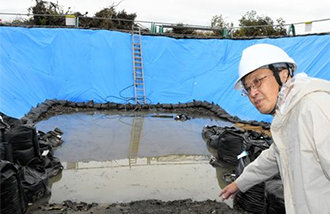Mystery of Pyramid Unveiling 4,000 Years of History
Mystery of Pyramid Unveiling 4,000 Years of History
Posted April. 18, 2003 22:19,

Scholars of Napoleon, written by Robert Sole, translated by Lee Sang-bin, 416 pages, priced at 25,000 won, published by Athens.
˝Bonaparte came to Egypt with cannons and printers, and left without the printers.˝ Egyptians, who do not find Napoleon particularly hateful, see the French emperor`s Egyptian expedition this way. It still sounds too generous remarks on the occupation forces. And did Napoleon use printers for his military operations?
The French government appointed Napoleon as the commander of its great forces in 1798 and ordered him leave for Egyptian expedition. Their goal was to cut off the British passage to India. But Napoleon left Egypt in 1799 and the expedition ended up as a failure as the French force was defeated by the British in 1801.
But the expedition served as an occasion of introducing Egyptian culture to the west, and gave birth to Egyptian study.
Napoleon brought not only his 38,000 soldiers to Egypt, but also 167 scholars and artists. Then he ordered the special team to study the country of great mystery thoroughly. Ancient culture, historic sites, ecological system and geography all became subjects of their study.
Without scholars, Napoleon`s forces could not know what the black stone found near Rosetta meant. The scholars soon found out that three types of letters inscribed on the stone was the key to secret of old languages and eventually translated ancient Egyptian letters. The Rosetta Stone was later turned over to the British force in 1801 and is now kept in the Great British Museum.
Napoleon`s scholars, however, took more interest in pyramid, the symbol of Egypt. They came up with each unique idea of measuring the height of the great architecture. Noue used a triangle formula, while Conte used a barometer based on the fact that atmospheric pressure declines as it become higher.
The team`s work on Pyramid in 1801 reflected the nature of the academic expedition. It was a group of architects and engineers who led the excavation, but there were painters drawing the pictures of Pyramid and chemists testing samples of stones.
They tore down the barrier between fields of study and made concerted efforts to solve the great mystery of Egyptian culture. The expedition team issues periodic publications such `News from Egypt` and `10 Days in Egypt.`
Based on the results of their studies, the French government published the first thick edition of `Pilgrimage to Egypt` in 1810. The three-volume series introduced 157 papers on archeology, physics, geography and nature science, along with some 1,000 pieces of drawings, through 1830. It was `an encyclopedia on Egypt`.
From Egyptian perspective, of course, the French were invaders and thieves. Unlike `the friendly kind of Egyptians` mentioned in the first part, many people are critical of what the French did and say, ˝Bonaparte came to Egypt with cannons and printers, and left without the cannons.˝
Not surprisingly, the author of the book, an Egyptian-born French journalist, takes a more or less western perspective. This book is, however, worth reading for its dynamic and detailed descriptions about the adventure of French scholars.
The drawings and pictures in the book also help readers compensate for their imagination. The visual data about the time and Egypt`s ancient culture allow people to imagine what it would be like in that place at that time. The maps, however, remain written in French and hard to read. It would have been much better to give some explanations or translate names of places. Some translated expressions seem somewhat awkward.
The author originally wrote this story for a series in the Le Monde.
The original title of the book is ` Les Savants de Bonaparte`.
Sung-Won Joo swon@donga.com







